Just an hour and a half from Venice lies one of Italy’s most beautiful wine regions – the rolling hills of Prosecco country. I discovered this gem nestled between the Italian coast and the Alps, where centuries of winemaking tradition have shaped both the landscape and culture.
The Prosecco wine region offers visitors a perfect blend of stunning vineyard views, exclusive wine tastings, and charming medieval villages that make for an unforgettable Italian experience.
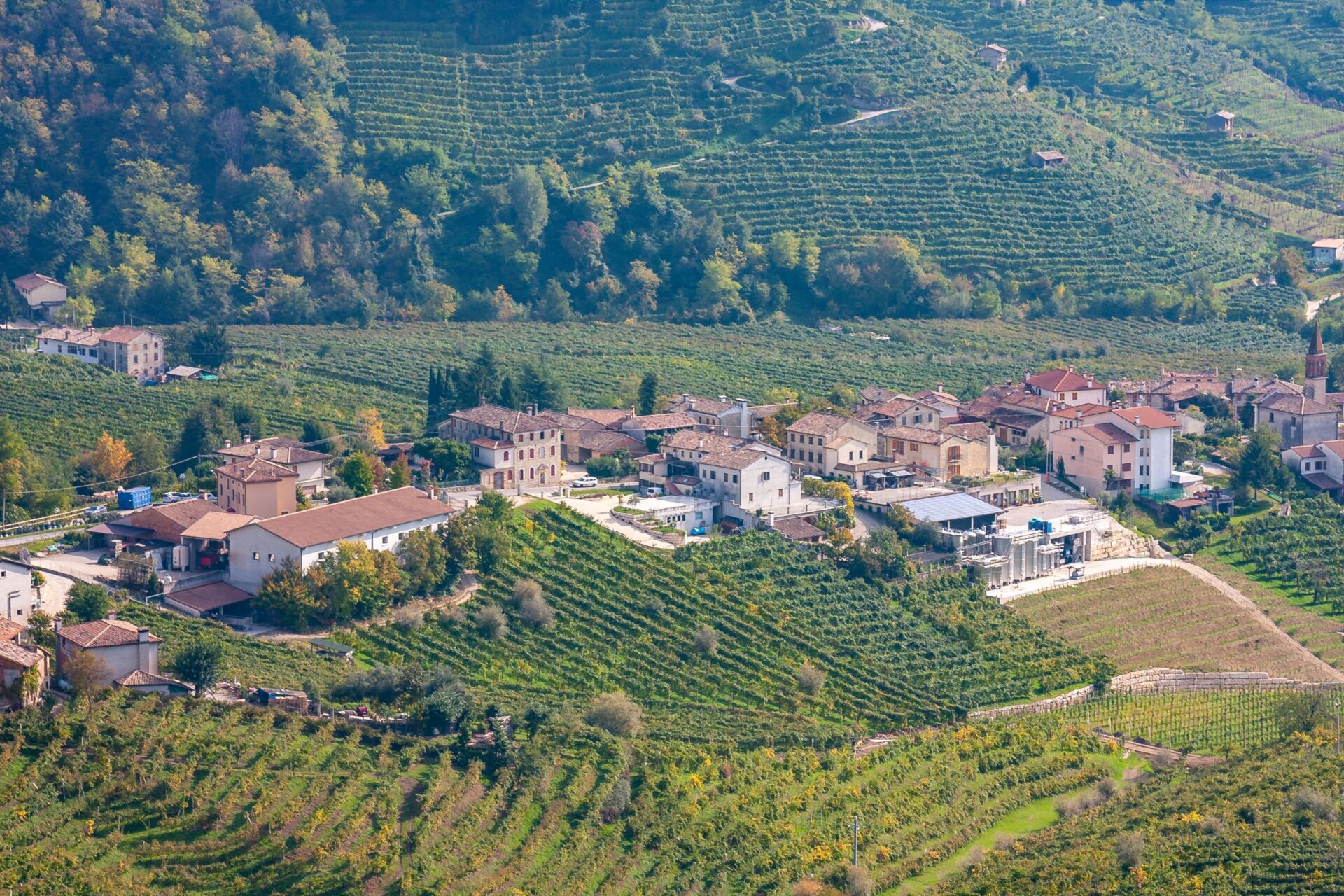
During my visits, I’ve found that the best way to experience this region is through guided winery tours. These experiences typically include scenic drives through the vineyards, visits to multiple wineries, and tastings of various Prosecco styles. Many tours also include a light lunch featuring local specialties like regional salami and cheeses that perfectly complement the sparkling wines.
What makes Prosecco country so special is the flexibility to create your own adventure. Whether you prefer a private guide to customize your itinerary or joining a group tour from Venice, there are options for every type of traveler. The combination of breathtaking scenery, world-class wines, and authentic Italian hospitality creates a wine tourism experience that rivals more famous regions but remains wonderfully accessible.
Discovering the Heart of Prosecco Country
The Prosecco wine region nestled in northeastern Italy offers a perfect blend of stunning landscapes, rich cultural heritage, and world-class wine production. The rolling hills between Venice and the Alps create an ideal environment for the Glera grape that gives Prosecco its distinctive character.
The Rich History and Culture of Veneto
Veneto’s winemaking tradition dates back to Roman times, but Prosecco as we know it today began taking shape in the 18th century. The region’s history is visible in the ancient villages and historic wineries dotting the landscape.
I’ve found that many family-run vineyards have been producing wine for generations, passing down techniques and knowledge. Most producers are happy to share stories about their ancestors while pouring tastings.
The local culture revolves around wine in fascinating ways. Seasonal festivals celebrate harvests with music, traditional foods, and of course, plenty of Prosecco. Villages like Valdobbiadene host events where visitors can immerse themselves in authentic Italian traditions.

During my visits, I’ve noticed how the unhurried pace of life in these small towns contrasts beautifully with Venice’s tourist bustle just 90 minutes away.
Exploring the Prosecco DOCG Zones
The premium Prosecco carries the Controlled and Guaranteed Designation of Origin (DOCG) label, marking the highest quality standard. This classification is reserved for wines from specific areas with strict production rules.
The DOCG zone covers about 15 small towns between Conegliano and Valdobbiadene. Each area produces Prosecco with subtle differences in character and flavor profiles.
Wine tastings here typically cost €7-€20, offering excellent value compared to other wine regions. Most wineries welcome visitors without appointments, though calling ahead ensures the best experience.
Some notable areas to explore include:
- Cartizze Hill: The “Grand Cru” of Prosecco producing the most prestigious bottles
- Valdobbiadene: Known for elegant, aromatic wines
- Conegliano: Home to Italy’s first wine school and slightly fuller-bodied Proseccos
The steep hillsides require hand-harvesting, contributing to the wine’s quality and the region’s authentic character.

Image Source: Tripadvisor
The Unique Terroir of Conegliano Valdobbiadene
The magic of Prosecco DOCG comes from its special terroir – the combination of soil, climate, and topography that influences wine character. The hills between Conegliano and Valdobbiadene create an ideal microclimate for Glera grapes.
Morning fog from the Piave River provides moisture, while afternoon sun and cooling breezes from the Alps create perfect conditions for slow, balanced ripening. This gives the wines their fresh apple, pear, and floral notes.
The soil varies dramatically across short distances. Some areas have ancient marine sediments, while others feature rocky, mineral-rich compositions. These differences create noticeable variations in the wines.
I’ve noticed how vineyards facing south produce riper, fuller Proseccos, while north-facing slopes yield more delicate, acidic expressions. Many producers now offer single-vineyard bottlings that showcase these unique terroir differences.

The Art of Prosecco Winemaking
Behind every glass of sparkling Prosecco lies a meticulous process that combines tradition with innovation. The journey from vineyard to bottle involves careful cultivation, harvesting, and transformation of Glera grapes into the beloved bubbly we enjoy.
From Glera Grapes to Sparkling Wine
Walking through the vineyards, I noticed how the unique landscape shapes the character of Prosecco. The Glera grape thrives in the hillside terroir of Veneto, where the combination of soil, climate, and elevation creates perfect growing conditions.
Harvesting typically occurs in September when the grapes reach ideal sugar levels while maintaining their natural acidity. This balance is crucial for quality Prosecco.
The winemaking process follows the Charmat method, different from Champagne’s traditional approach. After initial fermentation, the wine undergoes a second fermentation in large pressurized tanks rather than in bottles.
This method preserves the fresh, fruity character that makes Prosecco so appealing. The pressure from this process creates the delicate bubbles that dance in your glass.

Image Source: Wikimedia Commons
Meet the Winemakers: Artisans of Bubbly
During my visits to various wineries, I’ve had the privilege of meeting passionate artisans who dedicate their lives to perfecting Prosecco. Many families have been crafting these wines for generations.
Each winemaker brings their unique philosophy to production. Some embrace modern technology while others maintain strictly traditional approaches. This diversity contributes to the wide range of Prosecco styles available.
What unites these artisans is their deep connection to the land. Many practice sustainable viticulture to protect their terroir for future generations.
I found their stories as intoxicating as their wines. From small family operations to larger producers, their common thread is an unwavering commitment to quality and expressing the authentic character of their region.
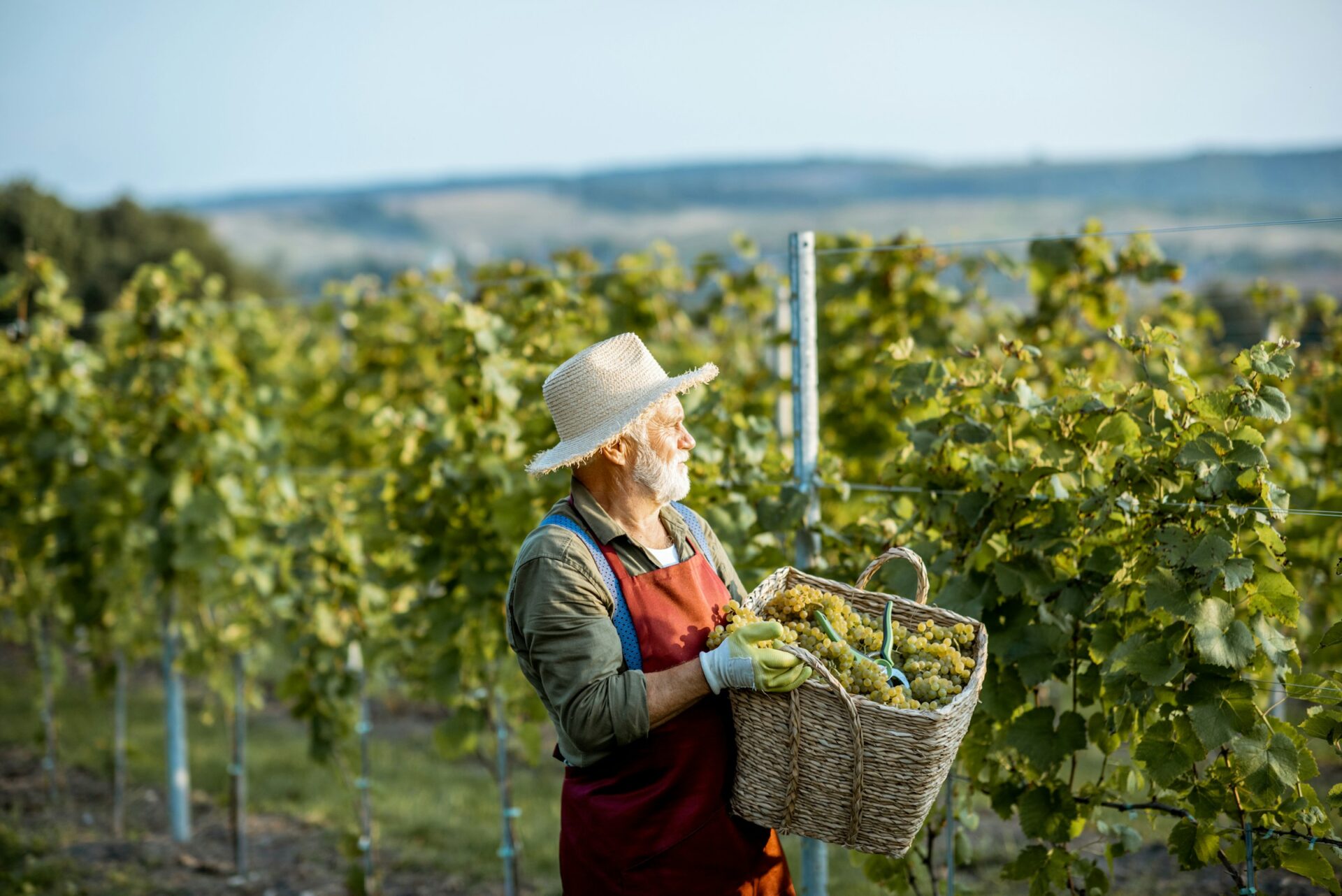
Embark on a Tasting Journey
When visiting Prosecco country, the true magic happens when you sip that first glass of sparkling wine while gazing at the rolling hills where it was born. The region offers countless opportunities to taste exceptional wines while learning from passionate local producers.
Guided Tours and Tastings at Local Wineries
I’ve found that the best way to experience Prosecco is through guided wine tours that take you deep into the heart of wine country. Many tours depart from Venice, making it easy to explore even on a tight schedule. During my last visit, I joined a full-day tour that included stops at three different DOCG wineries.
Each winery offers a unique experience. You’ll typically be welcomed by family owners who explain their production methods while you sample 3-5 different wines. Don’t miss the chance to try both dry (Brut) and sweeter (Extra Dry) styles to understand the range of flavors.
The tastings usually include delicious local food pairings like regional cheeses, cured meats, and traditional breads. These enhance the wine experience and showcase local gastronomy.
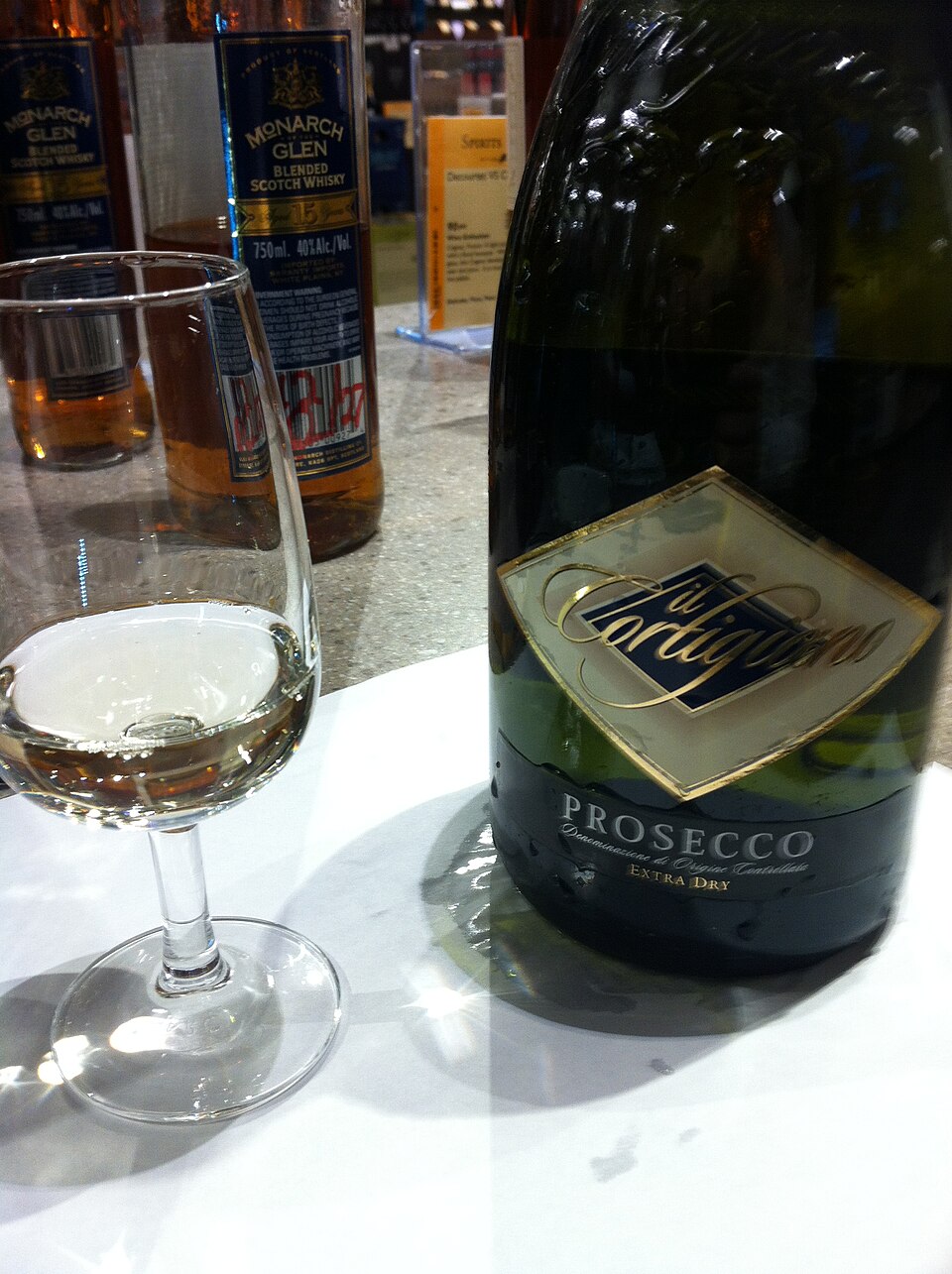
Image Source: Wikimedia Commons
The Crown Jewel: Cartizze Wines
If you’re a true wine enthusiast, you must try Cartizze wines during your visit. Cartizze is a tiny 107-hectare hillside area that produces the most prestigious and expensive Prosecco in the world.
What makes Cartizze special? The steep slopes and unique microclimate create perfect growing conditions for Glera grapes. I was amazed by the complex aromas and flavors these wines deliver – think ripe pears, white peaches, and delicate floral notes.
Most high-end wineries offer Cartizze tastings, but expect to pay a premium. The experience is worth it! I recommend booking a specialized tour that focuses specifically on Cartizze to fully appreciate this crown jewel of Prosecco production.
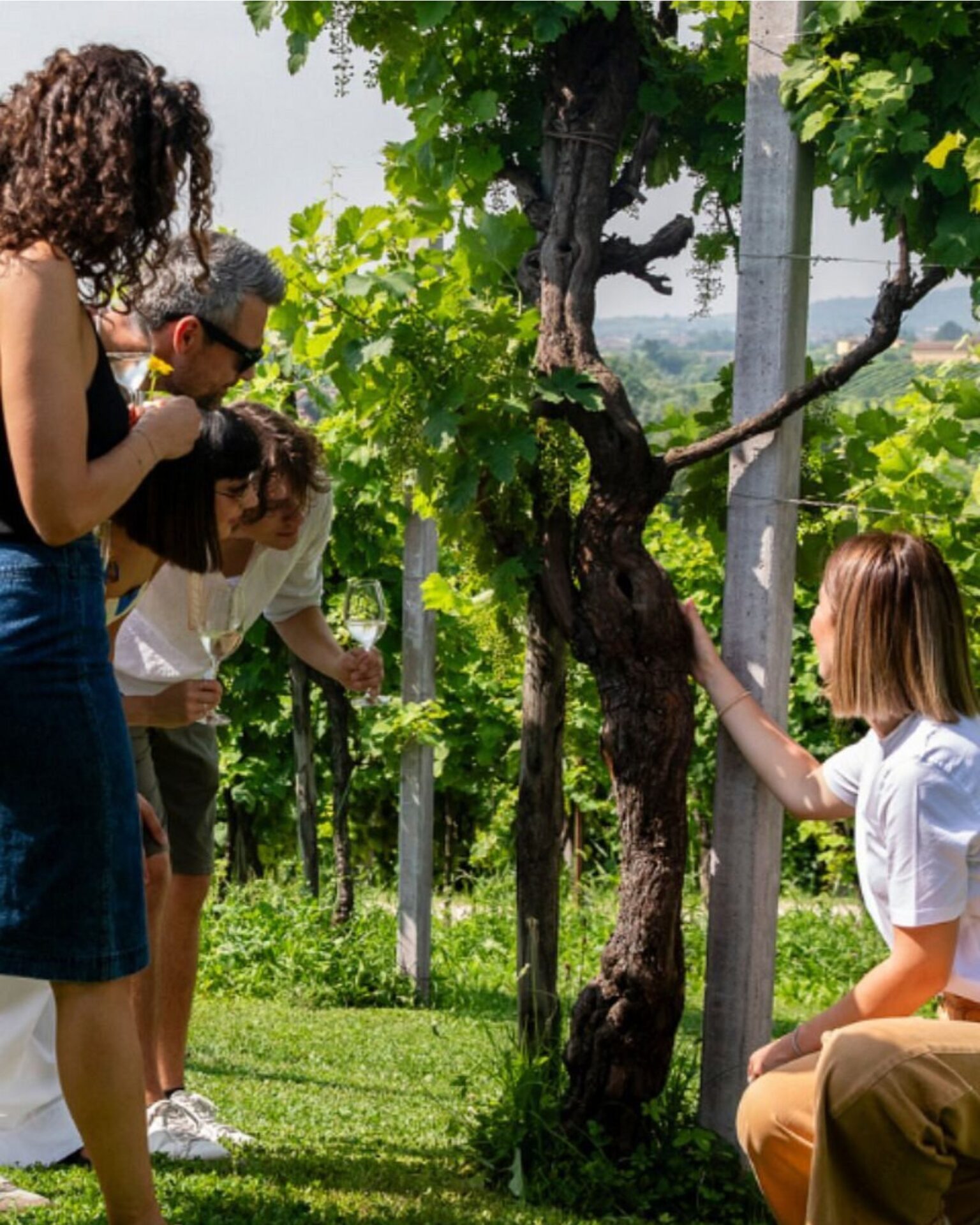
Image Source: Tripadvisor
Beyond the Bubbles: Experiencing the Local Charm
Prosecco country offers more than just wine tasting. The region’s vibrant culture, cuisine, and historic landmarks create unforgettable experiences that complement your wine adventures.
Venice: A Gateway to Prosecco Country
Venice serves as the perfect starting point for any Prosecco adventure. I found that most wine tours depart from this iconic city, making it easy to combine urban exploration with vineyard visits. It’s about a 45-minute drive from Venice to reach the rolling hills of Prosecco country.
When planning your trip, I recommend spending at least a day in Venice before heading to wine country. The contrast between the floating city’s canals and the vine-covered hills creates a fascinating Italian journey.
Small-group tours (usually 16 travelers or fewer) offer the most intimate experience. These tours typically include transportation from Venice, visits to multiple wineries, and expert guides who share insights about the region’s winemaking traditions.
Gastronomy and Pairing Prosecco with Venetian Cuisine
The Veneto region’s cuisine perfectly complements its famous sparkling wine. I’ve discovered that Prosecco pairs wonderfully with local specialties like creamy polenta, fresh seafood from the Adriatic, and regional cheeses.
For an authentic experience, visit an osteria (casual Italian restaurant) in the countryside. Osteria senz’Oste, a self-service osteria mentioned in many traveler reviews, offers a unique dining concept where you can enjoy local foods alongside your Prosecco.
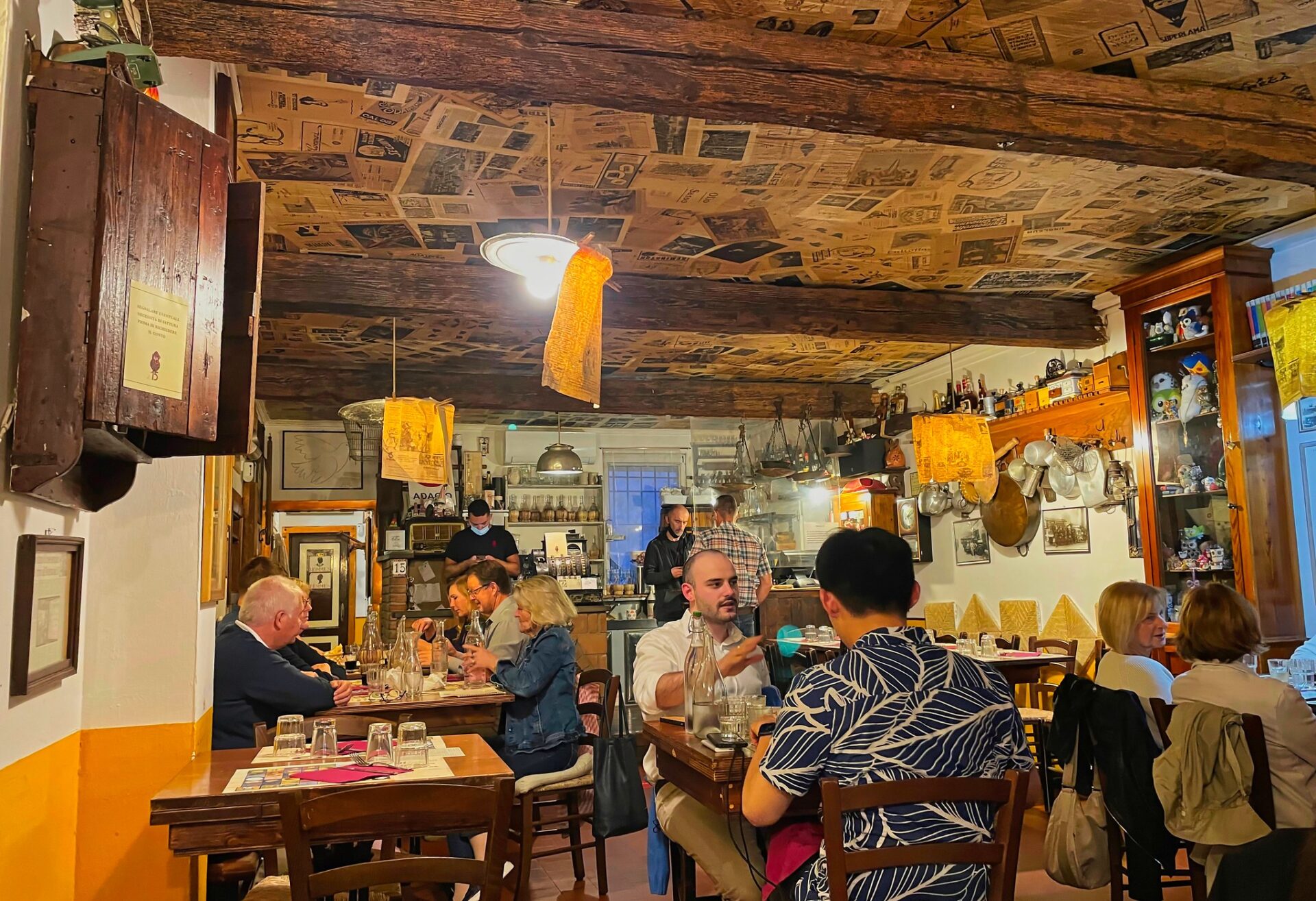
Image Source: Flickr
Traditional pairings include:
- Light fish dishes and seafood risotto
- Sopressa (local salami) and aged cheeses
- Seasonal vegetables and hearty polenta dishes
The acidity and bubbles in Prosecco cut through rich foods, making every bite more enjoyable and refreshing.
Cultural Landmarks: The Abbey of Santa Maria in Follina
Between wine tastings, I highly recommend visiting the Abbey of Santa Maria in Follina. This 12th-century Cistercian monastery showcases spectacular medieval architecture amid the picturesque Prosecco landscape.
The abbey features impressive cloisters, a beautiful church, and religious artifacts that tell stories of the region’s deep history. What struck me most was the peaceful atmosphere that provides a thoughtful contrast to the lively wine tours.
The surrounding village of Follina is equally charming with its narrow streets and artisan workshops. Many travelers miss this hidden gem while focusing solely on wineries.
When planning your itinerary, consider visiting the abbey in the morning before afternoon wine tastings. The town of Treviso, with its network of canals and medieval walls, also makes for a worthwhile cultural stop on your Prosecco country journey.
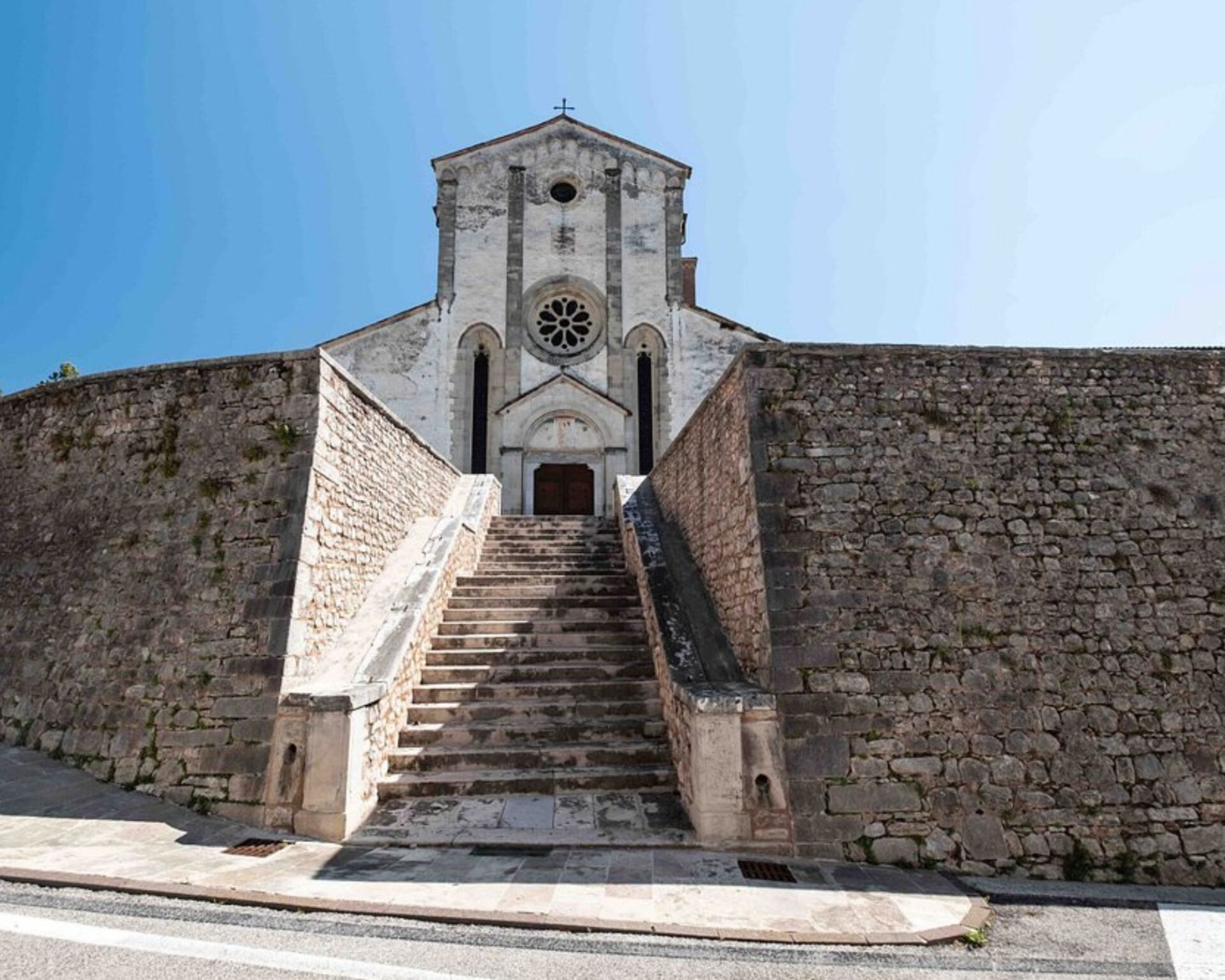
Image Source: Tripadvisor
Planning Your Visit
A successful trip to Prosecco wine country requires thoughtful planning. The region offers different experiences throughout the year, and choosing the right accommodations can make your wine adventure truly memorable.
Best Times to Visit Prosecco Wine Country
I’ve found that late spring (May-June) and early fall (September-October) offer the most magical experiences in Prosecco country. The Veneto region enjoys mild temperatures during these months, making it perfect for vineyard tours and outdoor tastings.
Summer brings lush green landscapes to the Conegliano-Valdobbiadene hills, but July and August can be crowded and hot. If you visit during harvest season (September), you’ll witness the excitement of grape picking across the rolling vineyards.
Winter visits (November-February) are quieter with fewer tourists. Some smaller wineries close during this period, but many larger establishments remain open. The misty winter landscapes around Treviso have their own special charm.
Accommodations and Travel Tips
I recommend staying in the heart of Prosecco country rather than commuting from Venice. Small boutique hotels and agriturismi (farm stays) provide authentic experiences. They often have vineyard views and home-cooked meals.
Transportation options:
- Rental car (best for flexibility)
- Private driver (ideal if you plan heavy wine tasting)
- Public buses (limited schedules but budget-friendly)
The region is compact, with most major wineries within 30 minutes of each other. Base yourself in charming towns like Conegliano or Valdobbiadene for easy access to tastings.
Book accommodations 2-3 months in advance, especially during peak season. Many wineries require reservations, so plan your tastings before arrival.

